گولڈی برار کے مطابق بشنوئی اور موسے والا میں تنازع کا آغاز کبڈی کے ایک میچ سے ہوا تھا
گولڈی برار کے مطابق بشنوئی اور موسے والا میں تنازع کا آغاز کبڈی کے ایک میچ سے ہوا تھا




Lost your password? Please enter your email address. You will receive a link and will create a new password via email.
Sorry, you do not have permission to ask a question, You must login to ask a question.
Please briefly explain why you feel this question should be reported.
Please briefly explain why you feel this answer should be reported.
Please briefly explain why you feel this user should be reported.
"Embark on a journey where knowledge meets curiosity! Nuq4.com is a hub for passionate individuals to share their wisdom, fostering a vibrant community of diverse perspectives. Join us in the exchange of insights, where every voice has the power to enlighten and empower."
گولڈی برار کے مطابق بشنوئی اور موسے والا میں تنازع کا آغاز کبڈی کے ایک میچ سے ہوا تھا
گولڈی برار کے مطابق بشنوئی اور موسے والا میں تنازع کا آغاز کبڈی کے ایک میچ سے ہوا تھا
پولینڈ میں ماحولیاتی تبدیلی کے بارے میں کانفرنس کے آغاز پر ماحولیاتی تپش کو روکنے کے لیے سرگرم چار سرکردہ ماہرین نے خبردار کیا ہے
پولینڈ میں ماحولیاتی تبدیلی کے بارے میں کانفرنس کے آغاز پر ماحولیاتی تپش کو روکنے کے لیے سرگرم چار سرکردہ ماہرین نے خبردار کیا ہے
سائنس دانوں کا کہنا ہے کہ زمین پر ممالیہ میں اضافے کی ایک وجہ شاید 55 ملین سال پہلے دم دار ستارے کا اس سے ٹکرانا ہے۔
سائنس دانوں کا کہنا ہے کہ زمین پر ممالیہ میں اضافے کی ایک وجہ شاید 55 ملین سال پہلے دم دار ستارے کا اس سے ٹکرانا ہے۔
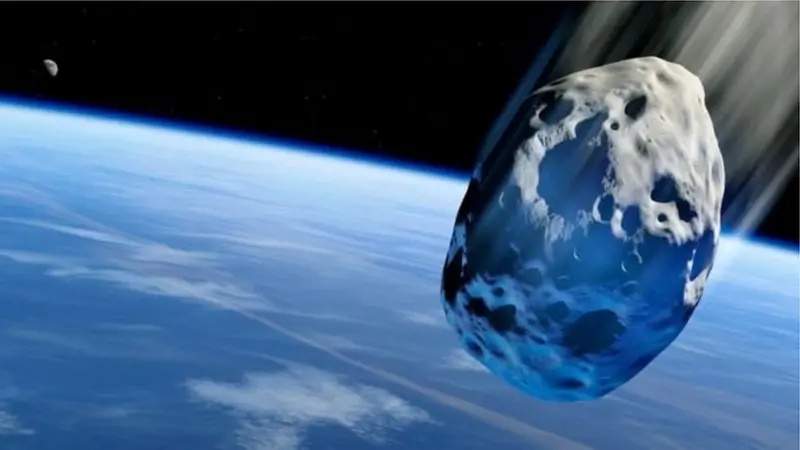

جنوبی گرین لینڈ کے برفانی تودوں کی بین الاقوامی خلائی سینٹر سے لی گئی تصویر
جنوبی گرین لینڈ کے برفانی تودوں کی بین الاقوامی خلائی سینٹر سے لی گئی تصویر
کسی ایک علاقے کی آب و ہوا اُس کے کئی سالوں کے موسم کا اوسط ہوتی ہے۔ ماحولیاتی تبدیلی اس اوسط میں تبدیلی کو کہتے ہیں۔
کسی ایک علاقے کی آب و ہوا اُس کے کئی سالوں کے موسم کا اوسط ہوتی ہے۔ ماحولیاتی تبدیلی اس اوسط میں تبدیلی کو کہتے ہیں۔
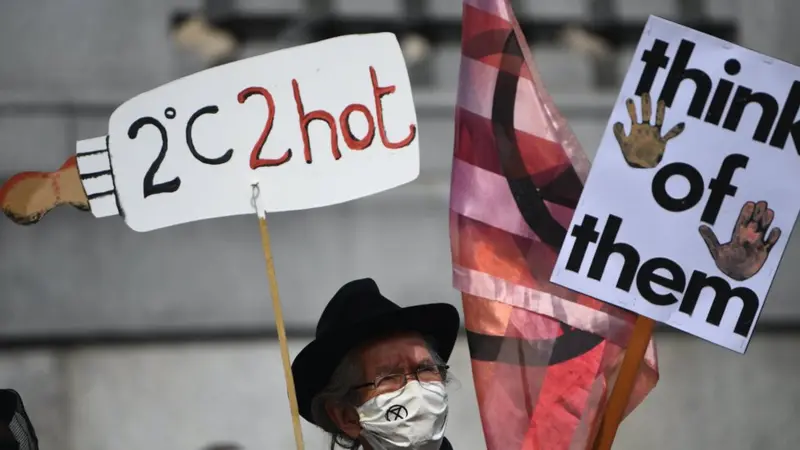
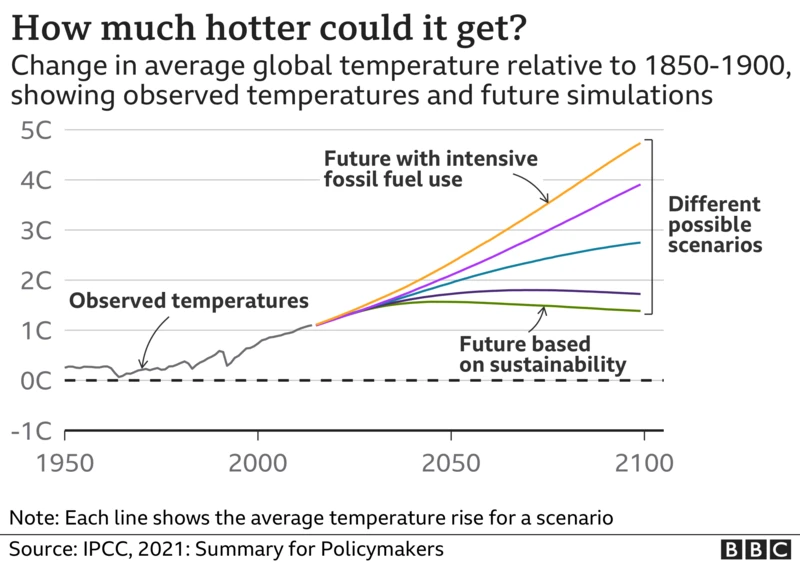
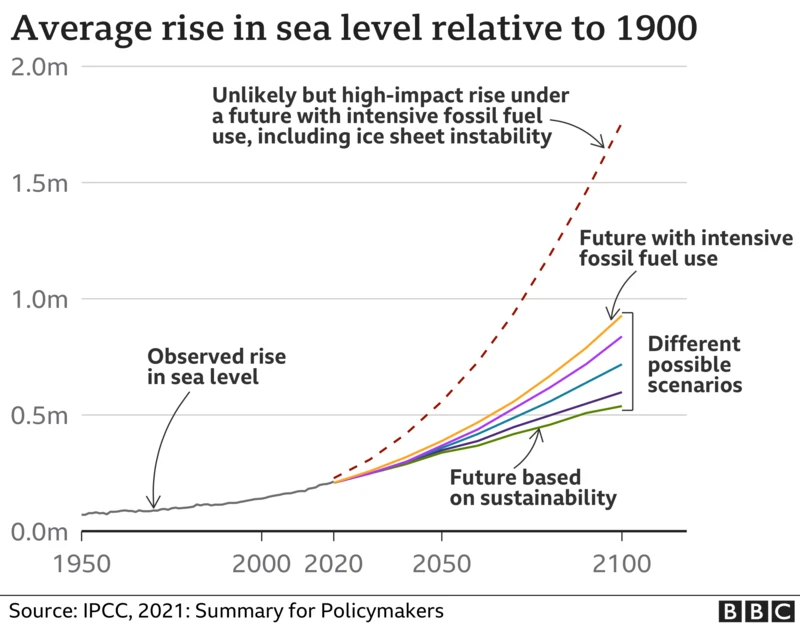
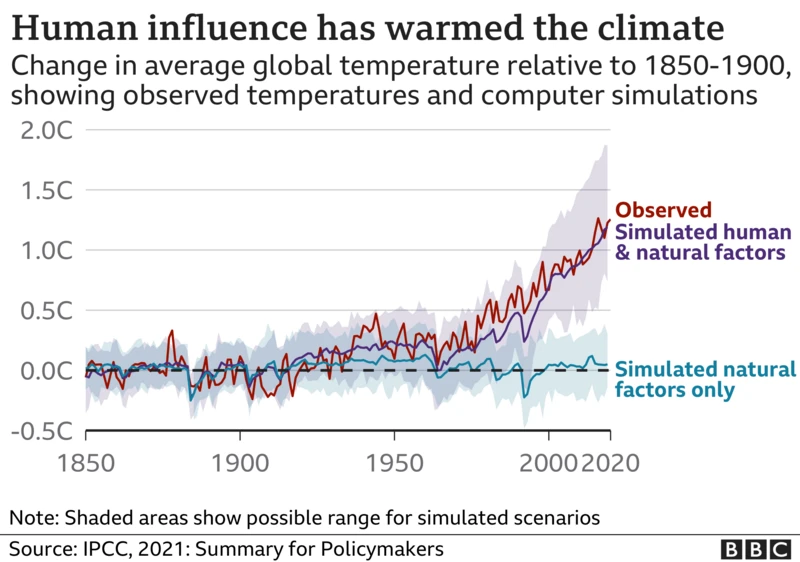
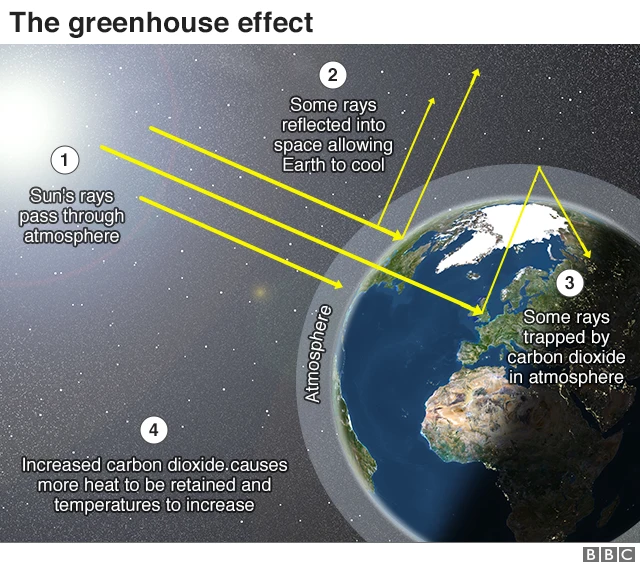
31 سالہ لارنس بشنوئی اس گروہ کا سرغنہ ہے اور کئی مقدموں میں نامزد ہے جن میں قتل، ڈکیتی اور حملے شامل ہیں
31 سالہ لارنس بشنوئی اس گروہ کا سرغنہ ہے اور کئی مقدموں میں نامزد ہے جن میں قتل، ڈکیتی اور حملے شامل ہیں



See less